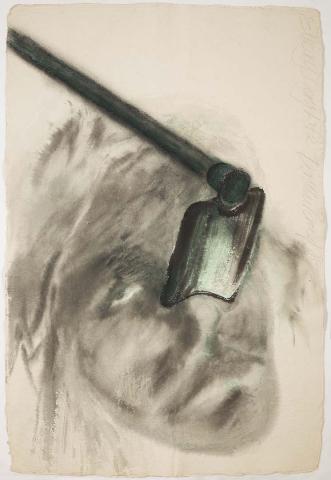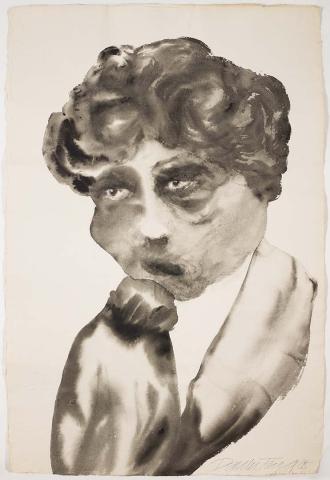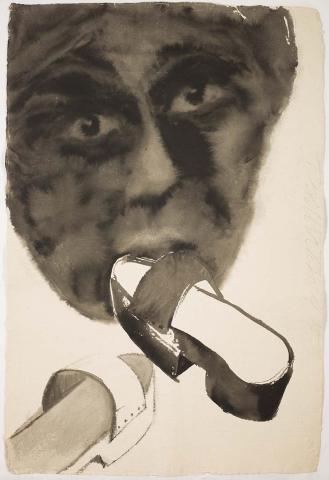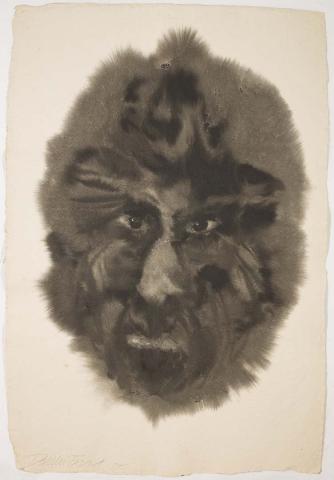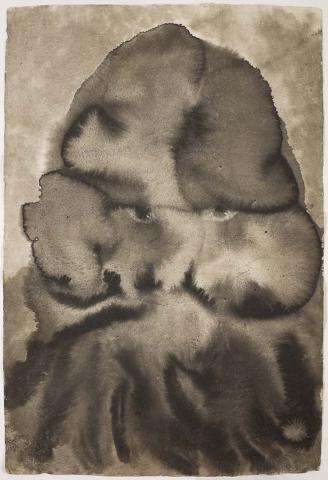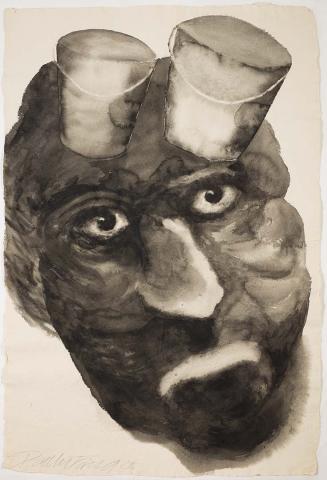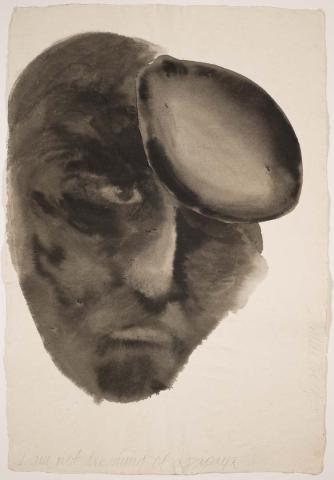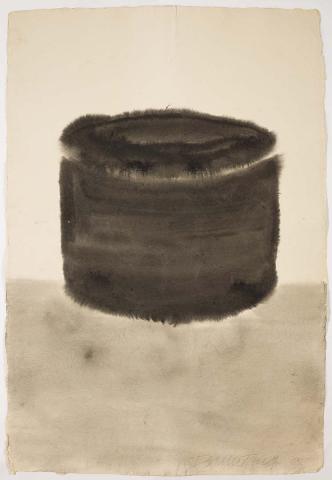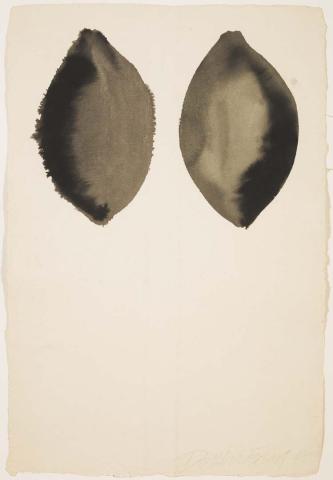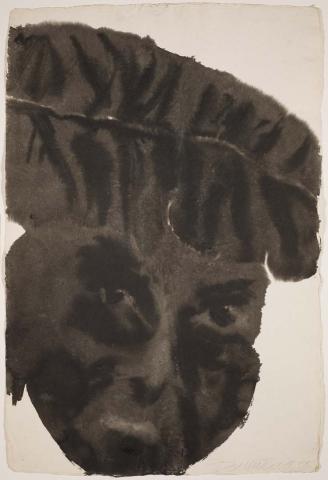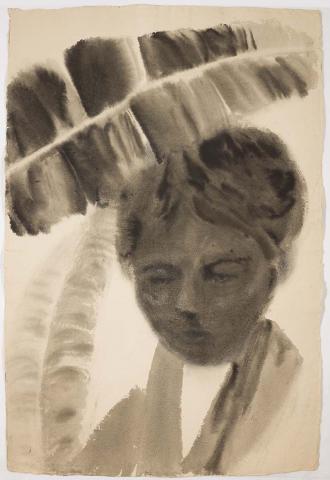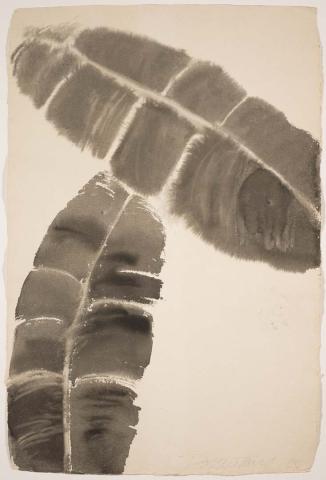TANG Da Wu; Bumiputra series
Born in 1943, Tang Da Wu has applied a conceptually-based, grass-roots approach to art-making since the 1970s, and is considered a crucial figure in the development of contemporary art in Singapore. Tang left Singapore in the early 1970s to study in Britain, where he came across conceptual art, earth art and performance. He returned intermittently to Singapore before returning permanently in 1987. He was instrumental in establishing the seminal artist’s collective The Artists Village in 1988, promoting ideas and methods that he had encountered in Europe, and his advocacy of performance art and collaborative work has been recognised throughout Asia. His work has consistently addressed social and environmental concerns, including processes of deforestation and urban development. An early piece produced in Singapore entitled Gully curtain 1979 consisted of a series of linen sheets hung in a public housing construction site, with the stained results installed in, what was then, the city’s National Museum Art Gallery. Later works such as the street performance and installation Tiger’s whip 1991 criticised the killing of endangered animals for Chinese medicine. Tang has also conducted a series of art workshops for children that investigated the social and cultural meanings of local materials. These included tapioca, a food staple during the Japanese occupation in World War Two, and rubber and tin, both essential to the colonial economy of the region and responsible for significant transformations of its society and environment.
While he is often positioned as a conceptual artist, Tang has always considered painting as a key element of his practice. He has been credited with influencing a shift from modernist abstraction back toward figuration in the late 1980s in Singapore, and he continues to work in a representational mode. For Bumiputra 2005–06 (the work’s title is Malay for ‘son of the soil’, or original inhabitant), he has created portraits in Chinese ink of residents of the northern Singapore suburb of Hougang, which was transformed from a pig-farming village into a ‘new town’ of high-rise apartments and shopping malls in the 1980s. As well as continuing the artist’s interest in the relationship between people and the environment, the paintings also convey his emphasis on spontaneity and improvisation. Dampening the paper before applying the ink, Tang employs bleeding and staining to evocative effect, creating suggestive portrayals that attempt to capture the essence or spirit of his subjects. As communities such as Hougang are eroded by state-led development and gentrification, Tang’s work emphasises individuals and their connection to place, as implied by its central image of a well — the traditional village meeting-place.
Russell Storer, Artlines 4-2008, p.36.
Connected objects
Metadata, copyright and sharing information
About this story
- Subject
